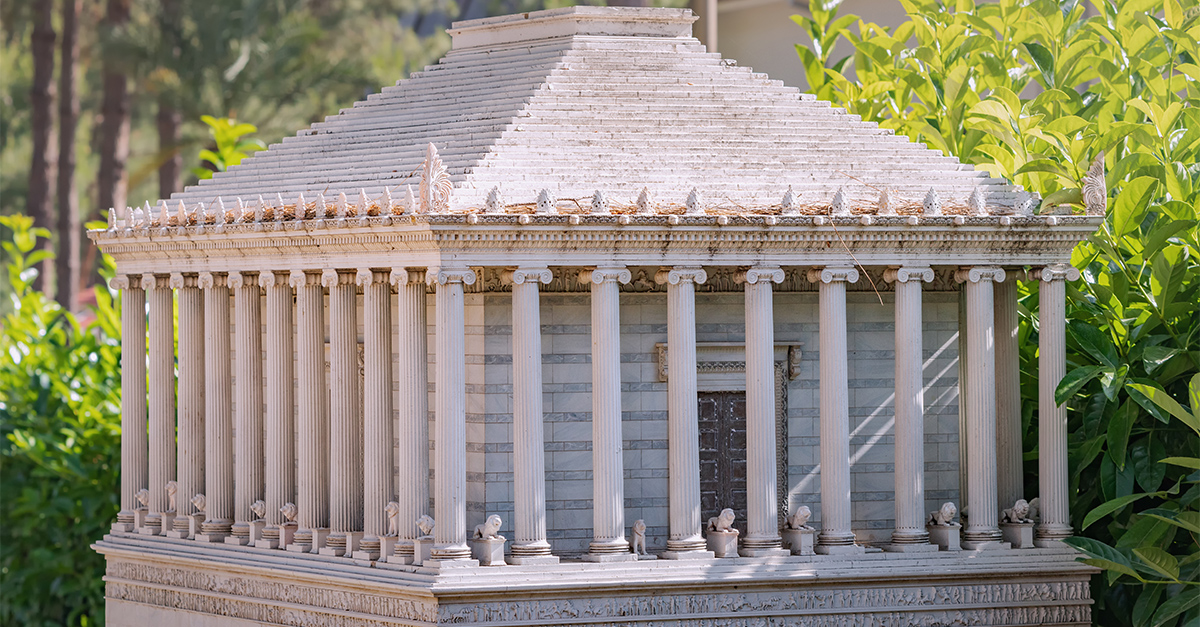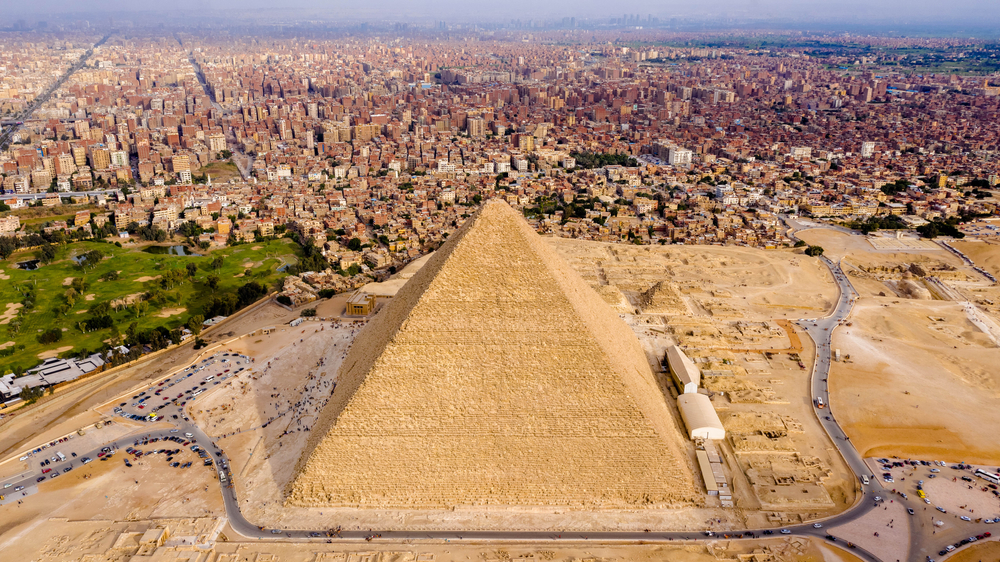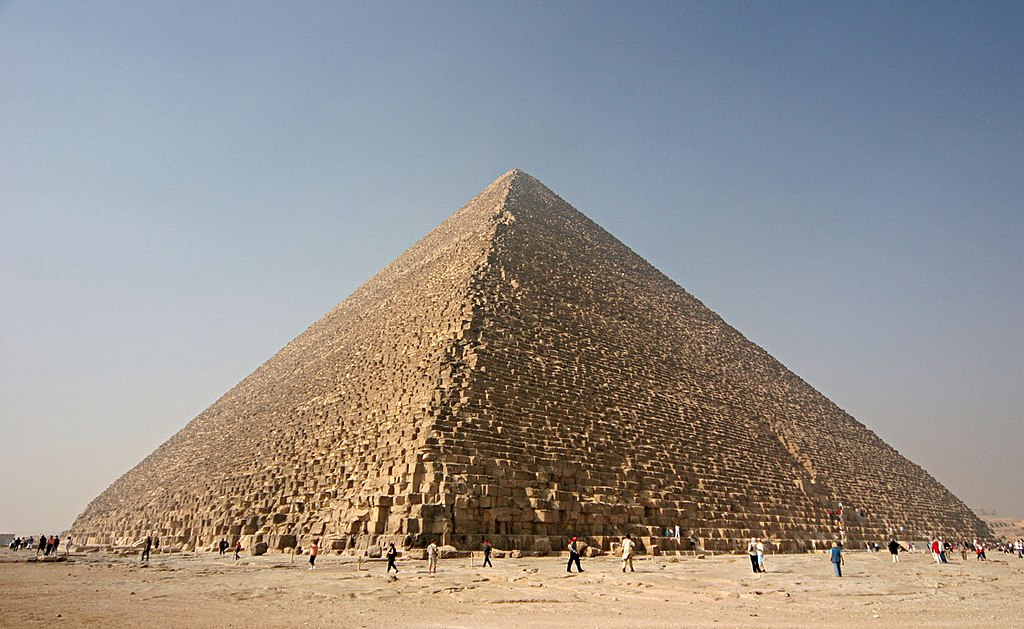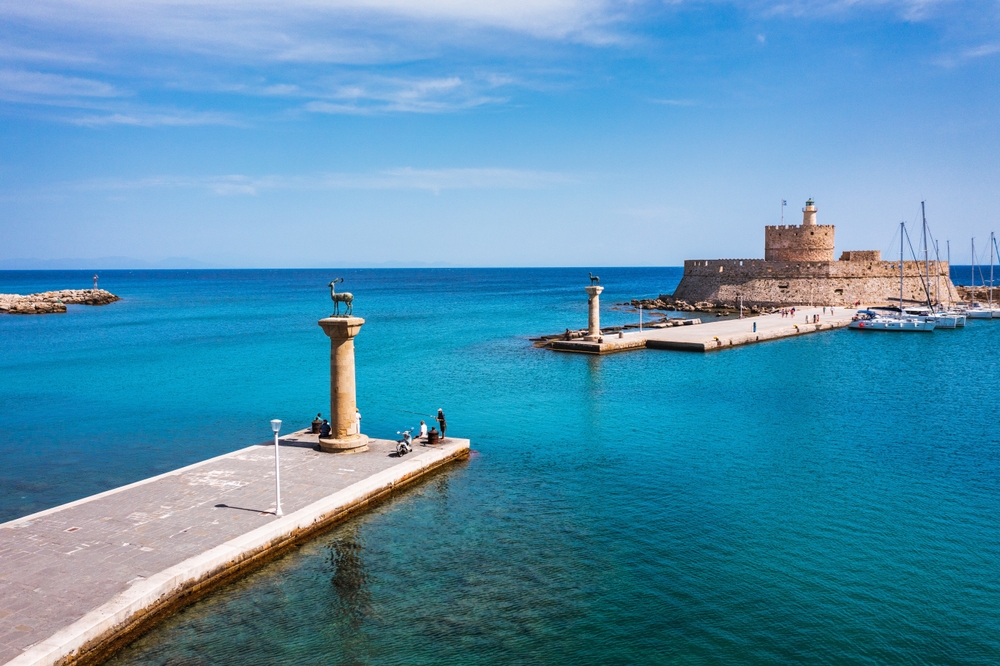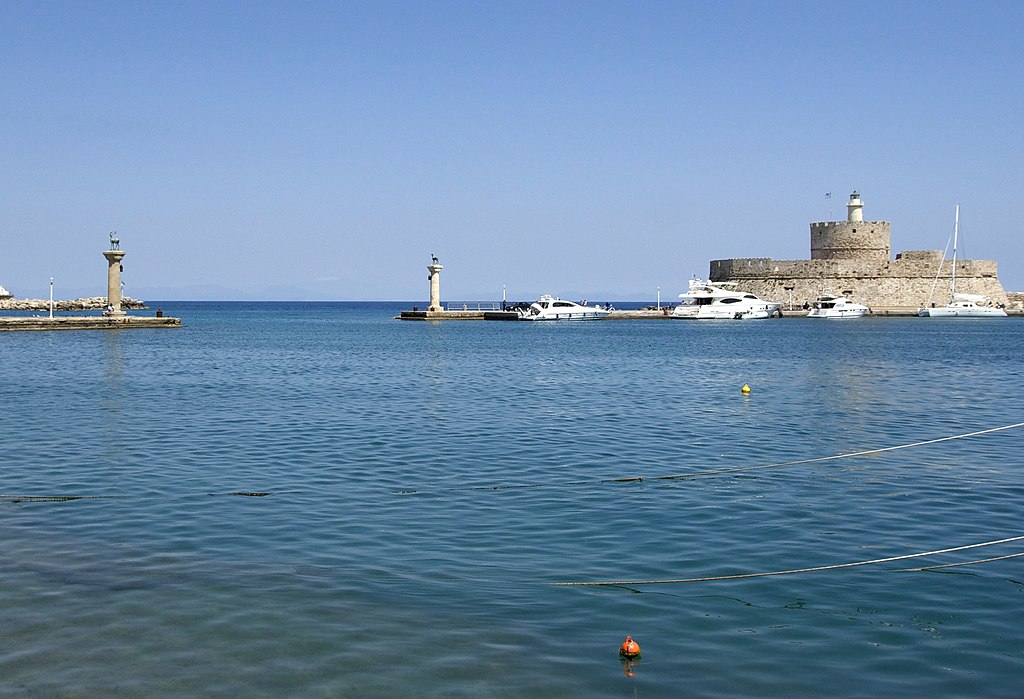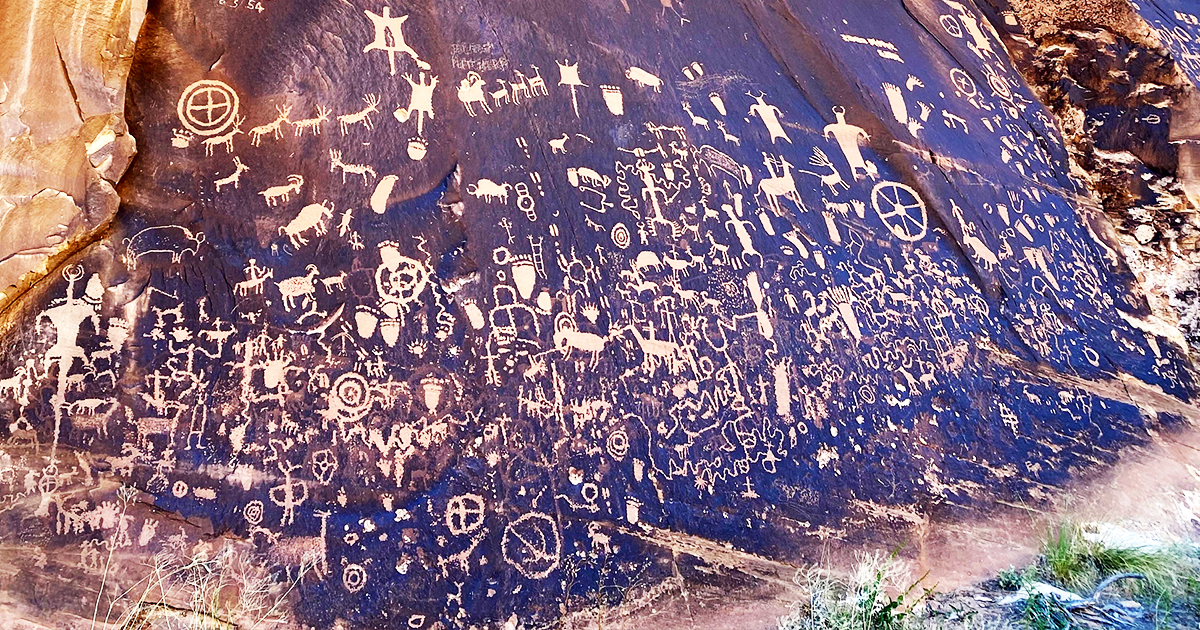The Seven Wonders
There are many lists out there that itemize so-called “wonders of the world,” but the original list—the definitive one—has been around for nearly 2,000 years. Though most of the structures on it have been lost to time, one survives to this day—and many of history’s most compelling stories are interwoven with the lives of these wonders.
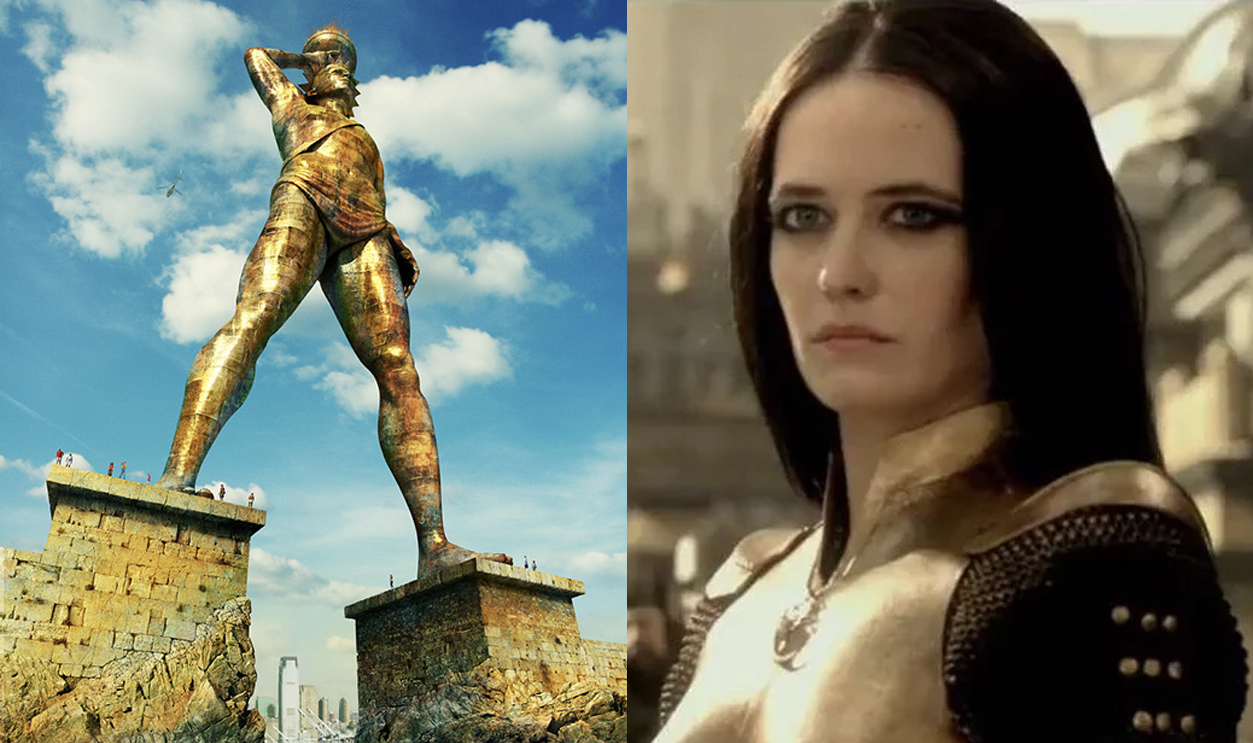
Alexander The Great
The history of the Seven Wonders of the World goes back to the time of Alexander the Great, who conquered great swathes of land in the Western world in the 4th century BCE. The Macedonian king ruled over Egypt, Persia, and Greek states—and the union of this kingdom allowed travelers access to foreign wonders they’d never seen before.
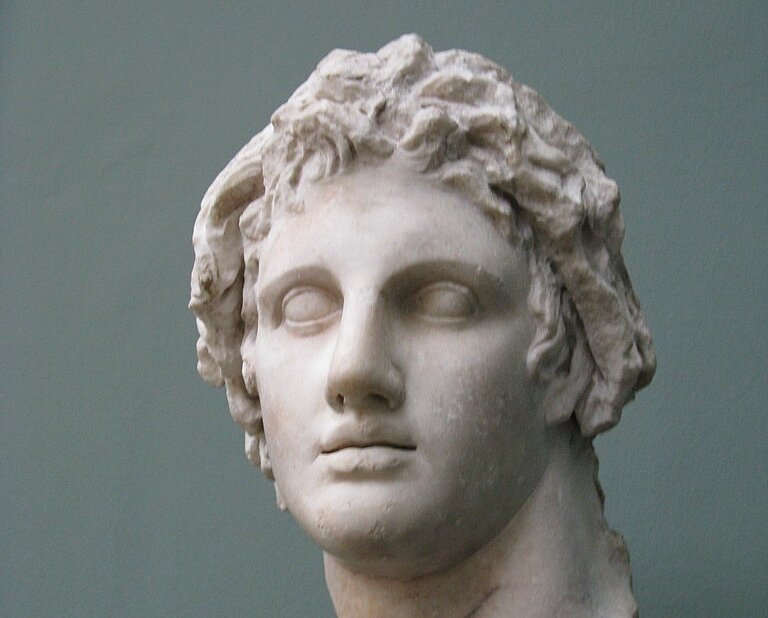 Yair Haklai, CC BY-SA 3.0, Wikimedia Commons
Yair Haklai, CC BY-SA 3.0, Wikimedia Commons
Passport To Wonder
As travelers from Greece and Macedonia explored these foreign areas, making note of landmarks, a cohesive list eventually came together, tabulating the things they considered to be unmissable—a checklist of wonders.
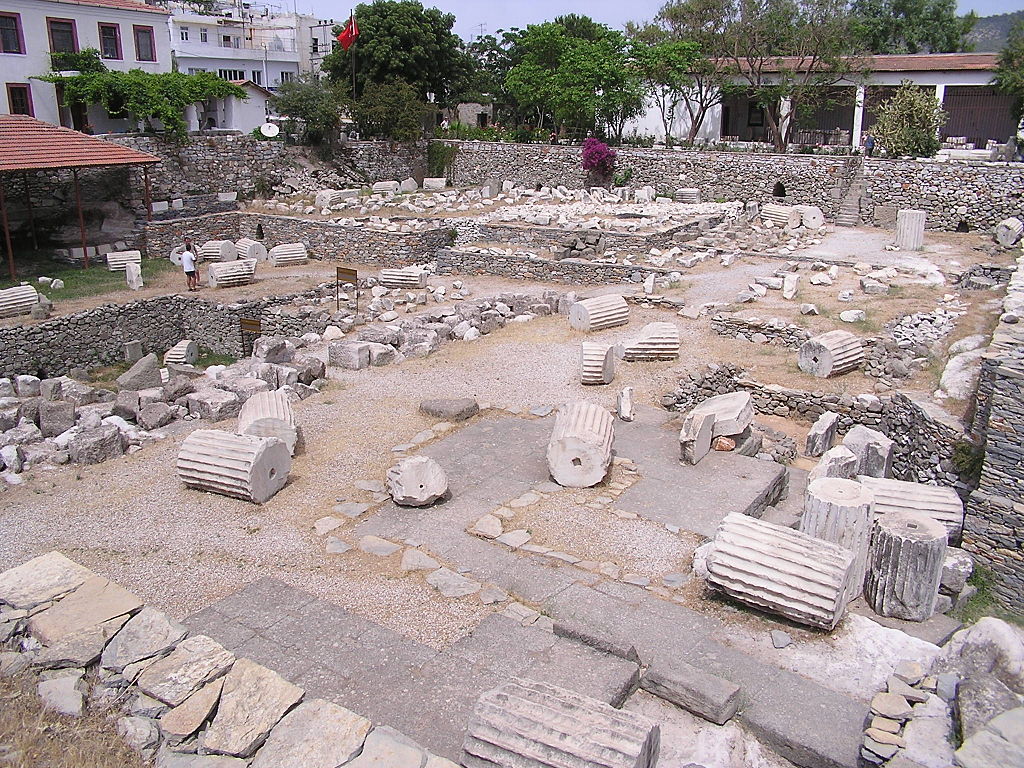 Petr Vykoukal, CC BY-SA 3.0, Wikimedia Commons
Petr Vykoukal, CC BY-SA 3.0, Wikimedia Commons
Antipater of Sidon
Of all those who compiled lists, the first to mention what we know as the seven wonders was a poet named Antipater of Sidon. Six were identical to the list we know, while he swapped out the walls of Babylon for the Lighthouse of Alexandria, proselytizing about it in the way only a poet could, saying about it, “the sun himself has never looked upon its equal outside Olympus”.
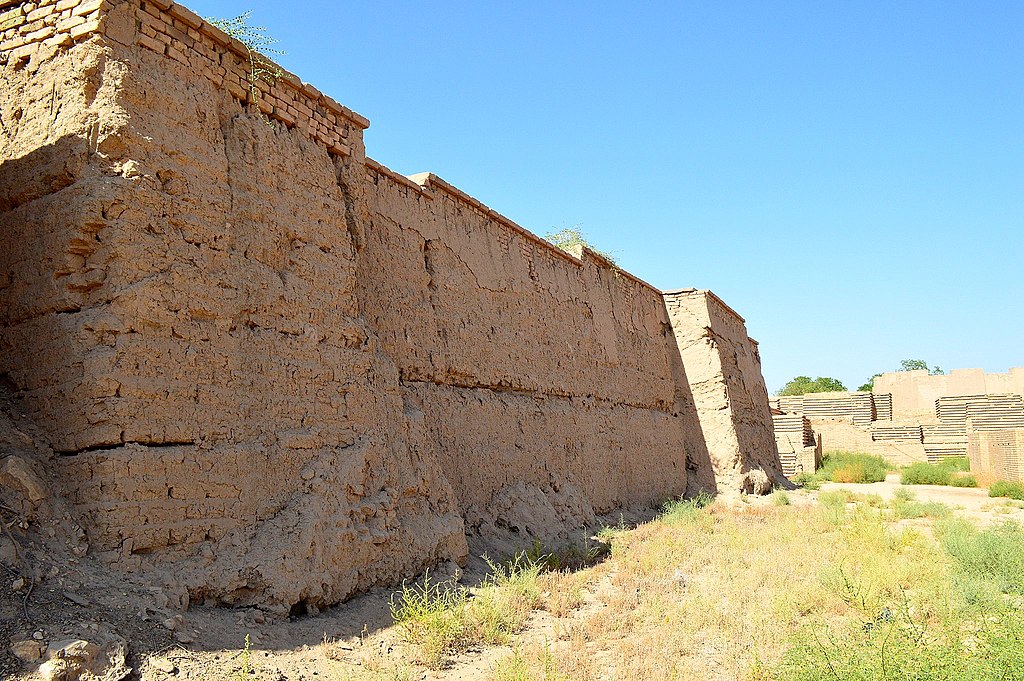 Osama Shukir Muhammed Amin, CC BY-SA 4.0, Wikimedia Commons
Osama Shukir Muhammed Amin, CC BY-SA 4.0, Wikimedia Commons
Timing Is Everything
Ancient history, of course, covers a long period of time—but the ancient wonders existed simultaneously during a relatively short period, less than 60 years.
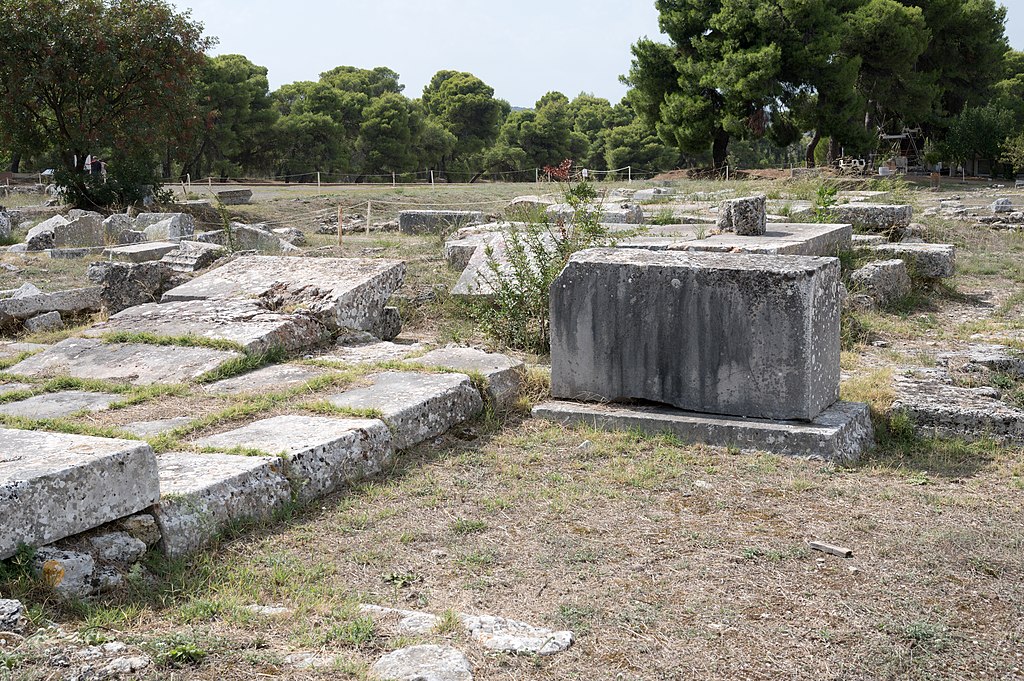 Zde, CC BY-SA 4.0, Wikimedia Commons
Zde, CC BY-SA 4.0, Wikimedia Commons
Scope
All the structures on the list were built in the Mediterranean and Middle East, as this was the “known world” to the Greeks who wrote about it. And, of all the structures, four of the seven were actually in ancient Greece, while others were in Egypt and Babylon—so we think.
 Panosgti34, CC BY-SA 4.0, Wikimedia Commons
Panosgti34, CC BY-SA 4.0, Wikimedia Commons
The List
The list is arranged from the earliest built to the latest built, featuring structures built, at the earliest, around 2,600 BCE, and at the latest, 280 BCE—encompassing over 2,000 years of architectural history.
The First Wonder: The Great Pyramid Of Giza
There’s a reason they call it great—the Great Pyramid of Giza is the largest of the Egyptian pyramids. It was built starting around 2,600 BCE and took 27 years to complete. Not only is it the oldest of the Seven Wonders of the Ancient World—it’s the only one still standing and mostly intact.
What Makes The Great Pyramid A Wonder?
The pyramids themselves are unmatched visual and architectural marvels—and above and beyond that, the Great Pyramid was the tallest human-made structure in the world for more than 3,800 years—it was topped by the Lincoln Cathedral in England in the 14th century.
 kallerna, CC BY-SA 3.0, Wikimedia Commons
kallerna, CC BY-SA 3.0, Wikimedia Commons
What Was It Built For?
The Great Pyramid was originally built as a tomb for the Pharaoh Khufu, a ruler from the Fourth Dynasty of the Old Kingdom of Egypt. It still contains his sarcophagus to this day. Built in Giza, it succeeded the Red Pyramid in Cairo as the tallest structure in the world.
 Douwe C. van der Zee, CC BY-SA 4.0, Wikimedia Commons
Douwe C. van der Zee, CC BY-SA 4.0, Wikimedia Commons
How Was It Built?
The Great Pyramid was built using approximately 2.3 million blocks, primarily of limestone, which weighed 5.5 million tonnes, with some blocks made of granite, all put together with mortar. The laborers involved have been a source of controversy, with the ancient Greeks believing it was constructed with slave labor, while modern historians believe they were conscripted.
Estimates put the number of laborers at an average of 13,200 people, with a peak of approximately 40,000 working when needed.
The Mysteries Of The Pyramids
Though we know that the pyramids didn’t simply appear out of nowhere, there is one mystery that continues to stump scholars to this day: We still don’t know exactly how the pyramids were built. They’re such unique structures, built with incredibly heavy and massive blocks, that they’re marvels of engineering whose construction techniques are still controversial to this day.
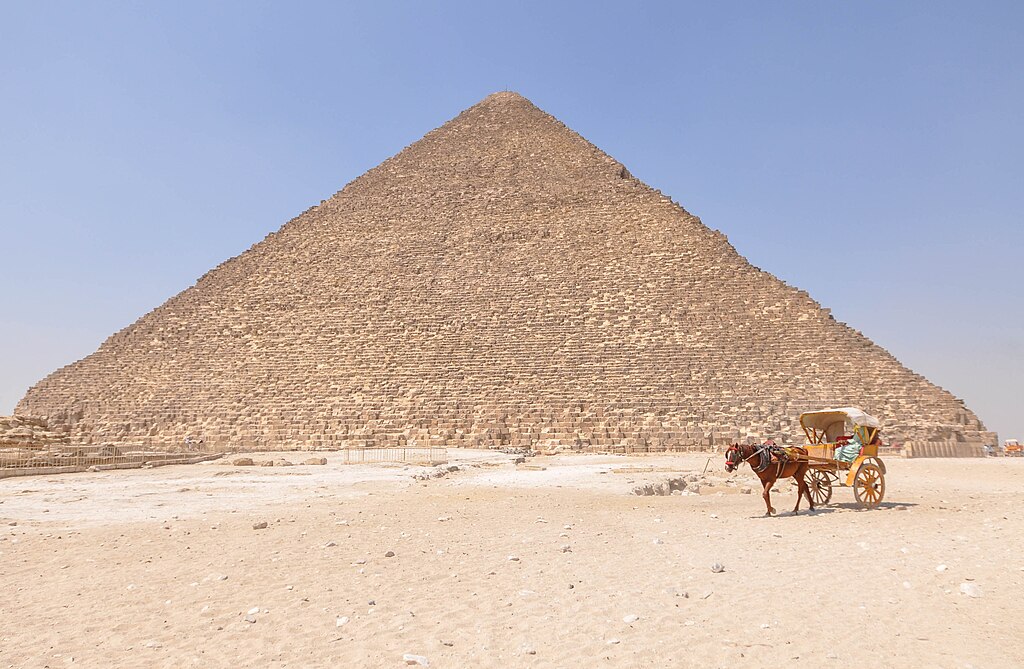 Jorge Láscar, CC BY 2.0, Wikimedia Commons
Jorge Láscar, CC BY 2.0, Wikimedia Commons
The Second Wonder: The Hanging Gardens Of Babylon
The next wonder to be built—and one of the most mysterious and intriguing—are the hanging gardens of Babylon. It’s estimated that they were constructed around 600 BCE by the ancient Babylonians or Assyrians. They only lasted until roughly the 1st century AD.
 Unknown Author, Wikimedia Commons
Unknown Author, Wikimedia Commons
What Makes The Hanging Gardens A Wonder?
Descriptions of the gardens as they existed during their lifetime make them seem absolutely breathtaking. They describe a series of tiered gardens filled with lush greenery, including trees and climbing plants. As the gardens grew and the vegetation thrived, the structure was said to resemble cascading waterfalls of green plants.
Additionally, the engineering techniques used for irrigation also showed great ingenuity.
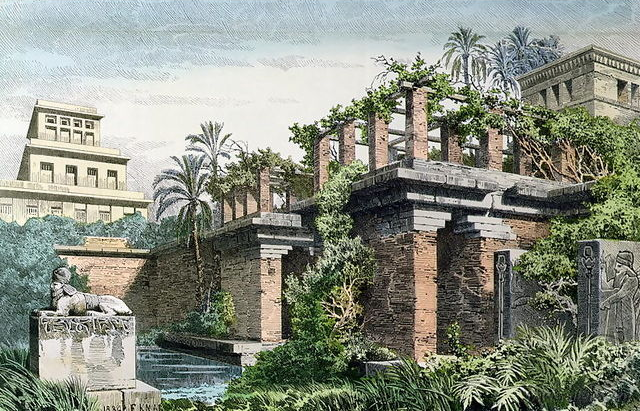 Ferdinand Knab, Wikimedia Commons
Ferdinand Knab, Wikimedia Commons
What Were They Built For?
One myth claims that the Hanging Gardens were built at the same time as a massive palace called the Marvel of Mankind, built for the Neo-Babylonian ruler King Nebuchadnezzar II, who ruled from 605 to 562 BCE. It was said they were built because his queen missed the green rolling hills where she grew up.
 Ollier, Edmund, Wikimedia Commons
Ollier, Edmund, Wikimedia Commons
How Were They Built?
Descriptions of the gardens say that it was built with 22-feet thick walls made of brick, formed into tiers that were 50 cubits (one cubit is approximately the length from the elbow to the tip of the middle finger) high. Irrigation came from an Archimedes’ screw, one of the earliest hydraulic machines, which drew water from the Euphrates river.
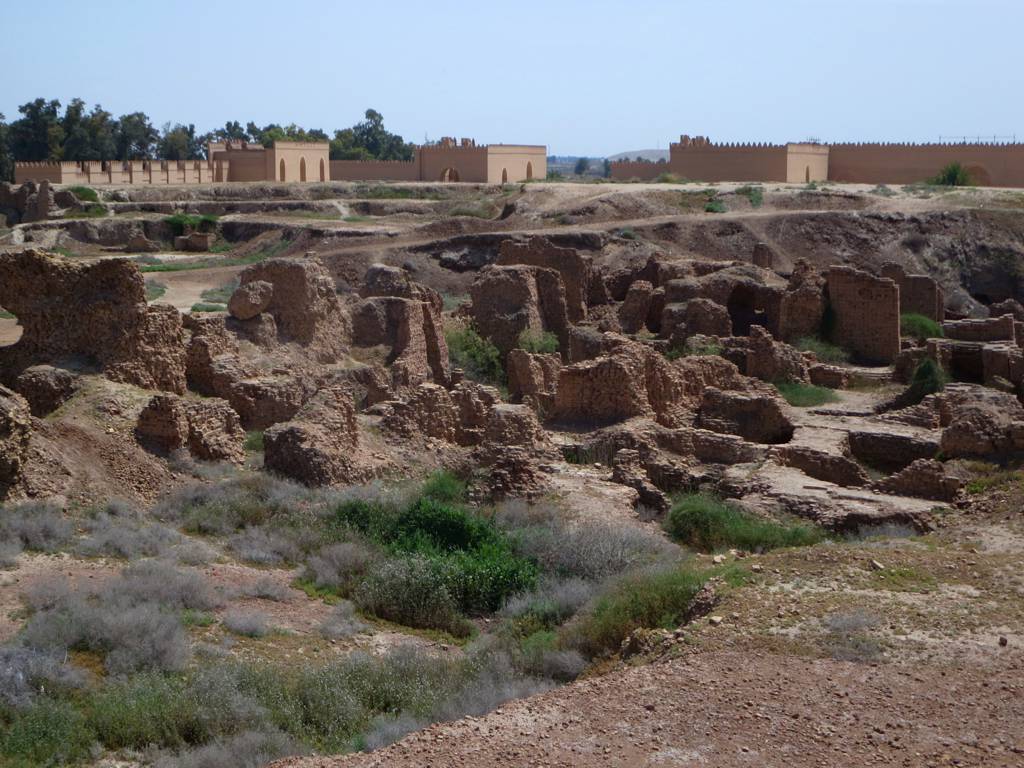 David Stanley, CC BY 2.0, Wikimedia Commons
David Stanley, CC BY 2.0, Wikimedia Commons
The Mysteries Of The Hanging Gardens
What separates the Hanging Gardens from the other Wonders? Well, for one, no one knows exactly where it was built. Scholars can only go on written accounts from the ancient world, and while they were believed to have been built in Babylon, little archaeological evidence has been found to support this.
As a result, some believe that the gardens were purely the stuff of legend, and never may have actually existed.
 Athanasius Kircher, Wikimedia Commons
Athanasius Kircher, Wikimedia Commons
The Third Wonder: The Statue Of Zeus At Olympia
The King of the Gods deserved a sculpture to reflect his status and power—and an Ancient Greek sculptor named Phidias took up that task in 435 BCE when he began to construct a statue of the legendary sky god to be placed in the Temple of Zeus at Olympia.
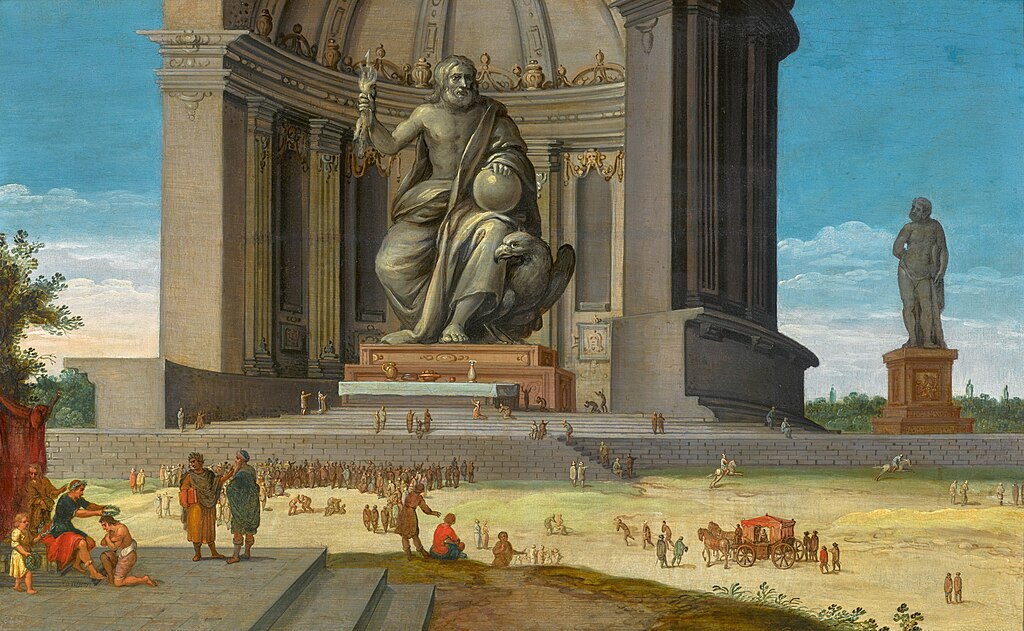 Jacob van der Ulft, Wikimedia Commons
Jacob van der Ulft, Wikimedia Commons
What Makes The Statue Of Zeus A Wonder?
The monumental sculpture was half the width of the aisle of the massive Temple of Zeus, and it was tall to boot—some 13 feet high. It was so impressive that an ancient geographer said it gave "the impression that if Zeus arose and stood erect he would unroof the temple”.
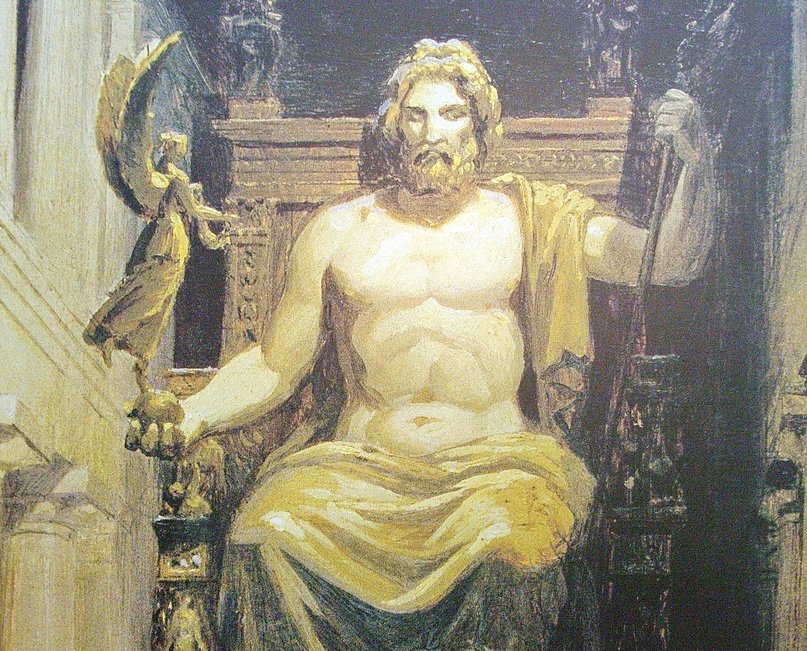 Bgabel, CC BY-SA 3.0, Wikimedia Commons
Bgabel, CC BY-SA 3.0, Wikimedia Commons
What Was It Built For?
When the Eleans, the custodians of the Olympic Games, were constructing their Temple of Zeus, they wanted to outdo the Athenians. They knew that their new, impressive structure needed a new, impressive centerpiece to match, so they enlisted Phidias, who had previously made the sculpture of Athena Parthenos in the Parthenon.
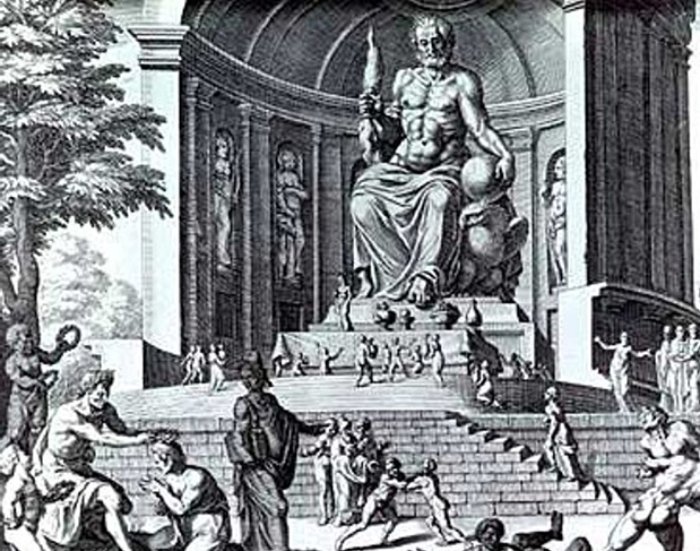 Maarten van Heemskerck, Wikimedia Commons
Maarten van Heemskerck, Wikimedia Commons
How Was It Built?
Many of us envision ancient Greek sculpture as plain white marble structures, but the Statue of Zeus was big, colorful, and multimedia. It was a chryselephantine sculpture, which means that it was made of gold and ivory on a wood structure. On top of that, ancient accounts claim he wore a robe made from gilded, carved glass and sat on a painted cedarwood throne.
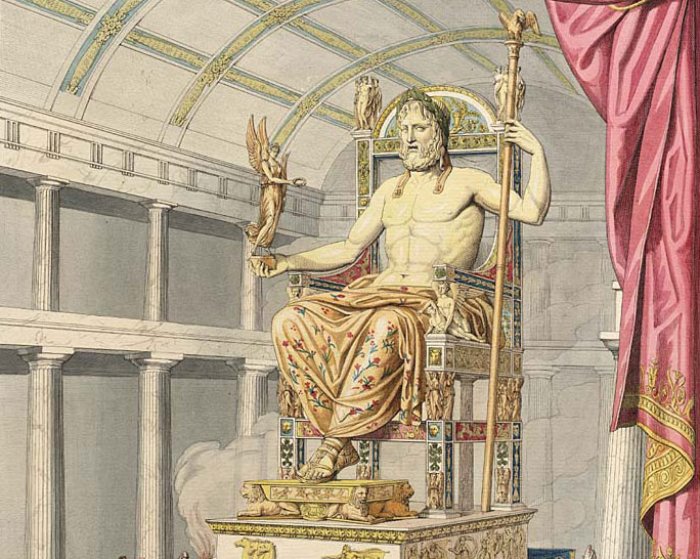 Quatremère de Quincy, Wikimedia Commons
Quatremère de Quincy, Wikimedia Commons
The Legend Of The Statue Of Zeus
According to one legend, Caligula—an ancient Roman ruler not exactly known for his restraint—called for all ancient Greek statuary of their gods to be beheaded, and to have his own image put in their place. But before this could happen, he was assassinated—and the statue was said to have laughed uproariously at that moment, collapsing scaffolding in the temple.
Though the statue survived Caligula, it was destroyed in a fire sometime in the 5th or 6th century AD.
 Alun Salt, CC BY-SA 2.0, Wikimedia Commons
Alun Salt, CC BY-SA 2.0, Wikimedia Commons
The Fourth Wonder: The Temple Of Artemis At Ephesus
The Temple of Artemis at Ephesus was built circa 550 BCE to honor their local version of the goddess Artemis in ancient Greece—though the area where it existed is now part of present-day Turkey. There had been temples on that site, which was sacred, for centuries—though none as impressive as the Temple of Artemis.
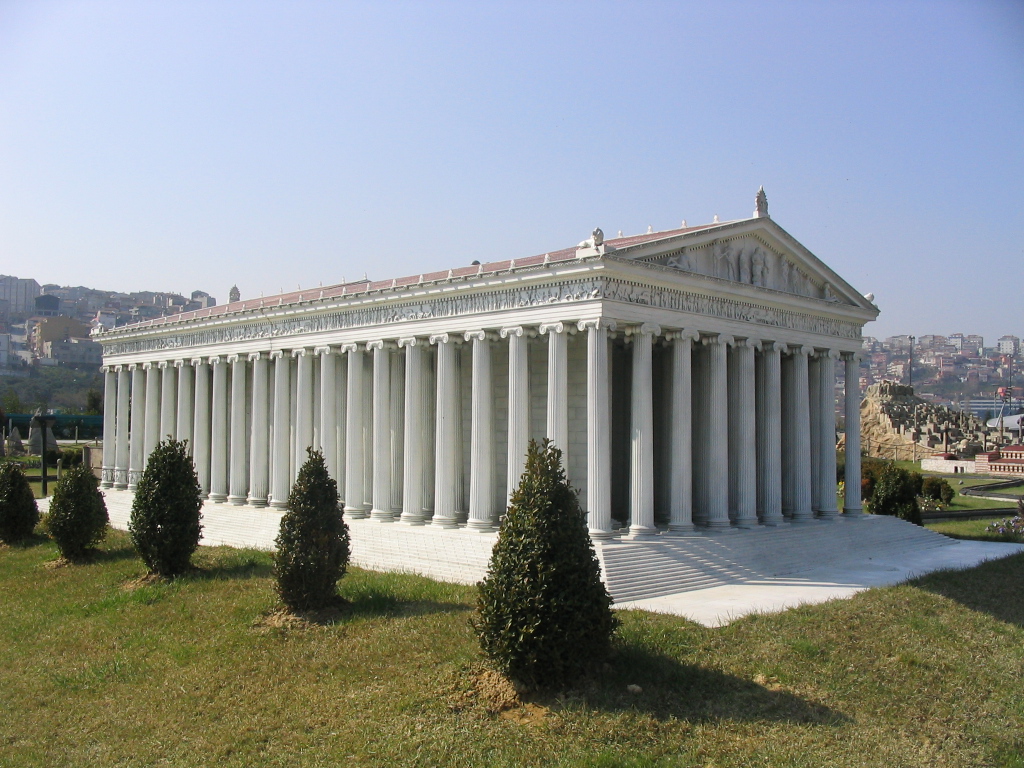 Zee Prime, CC BY-SA 3.0, Wikimedia Commons
Zee Prime, CC BY-SA 3.0, Wikimedia Commons
What Makes The Temple Of Artemis A Wonder?
The Temple—also known as the Artemisium—was impressive not just for its great size, over 350 x 180 feet. It was also in a picturesque site, right by the sea, and was adorned with beautiful artworks. It may have also been the first Greek temple built out of marble, a remarkable first.
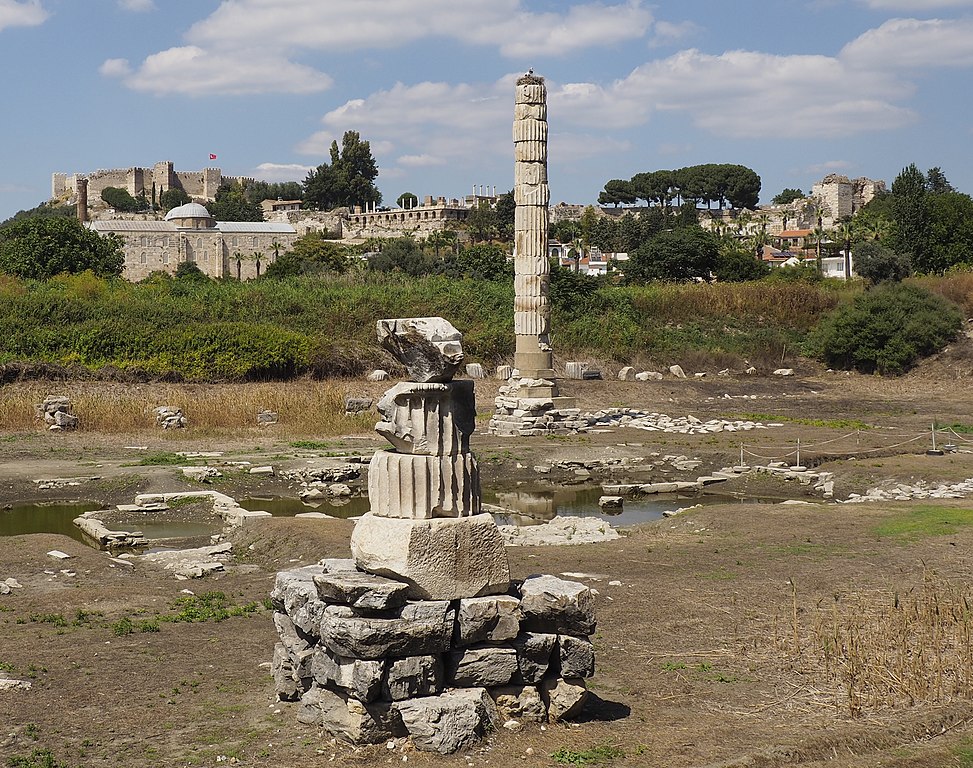 FDV, CC BY-SA 4.0, Wikimedia Commons
FDV, CC BY-SA 4.0, Wikimedia Commons
What Was It Built For?
The sacred site at Ephesus had a few temples built there before, the earliest dating from the Bronze Age. Then, in the 7th century BCE, the temple was destroyed by a flood. It’s likely that it was rebuilt a few times, but in 550 BCE, the Cretan architect Chersiphron took over, proposing a much more grand building than what had existed before.
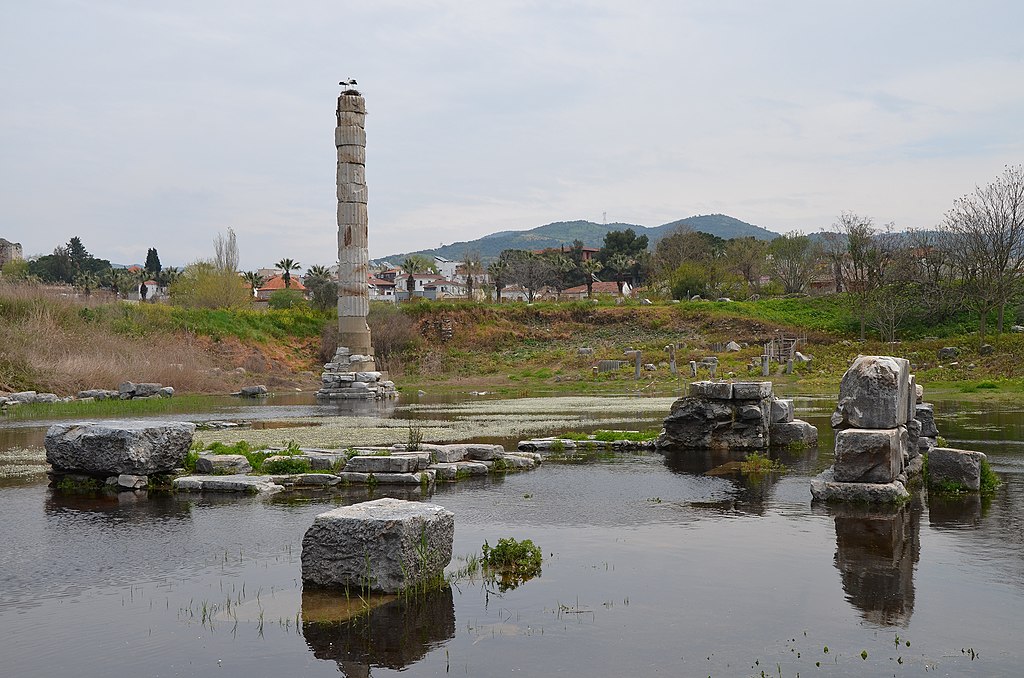 Carole Raddato, CC BY-SA 2.0, Wikimedia Commons
Carole Raddato, CC BY-SA 2.0, Wikimedia Commons
How Was It Built?
The building was surrounded by a portico with double columns some 40 feet high. Many of the columns featured beautiful relief carvings, and it contained a distinctive statue of Artemis that depicted the goddess covered with fertility symbols—some say eggs, while others say they’re bull testicles.
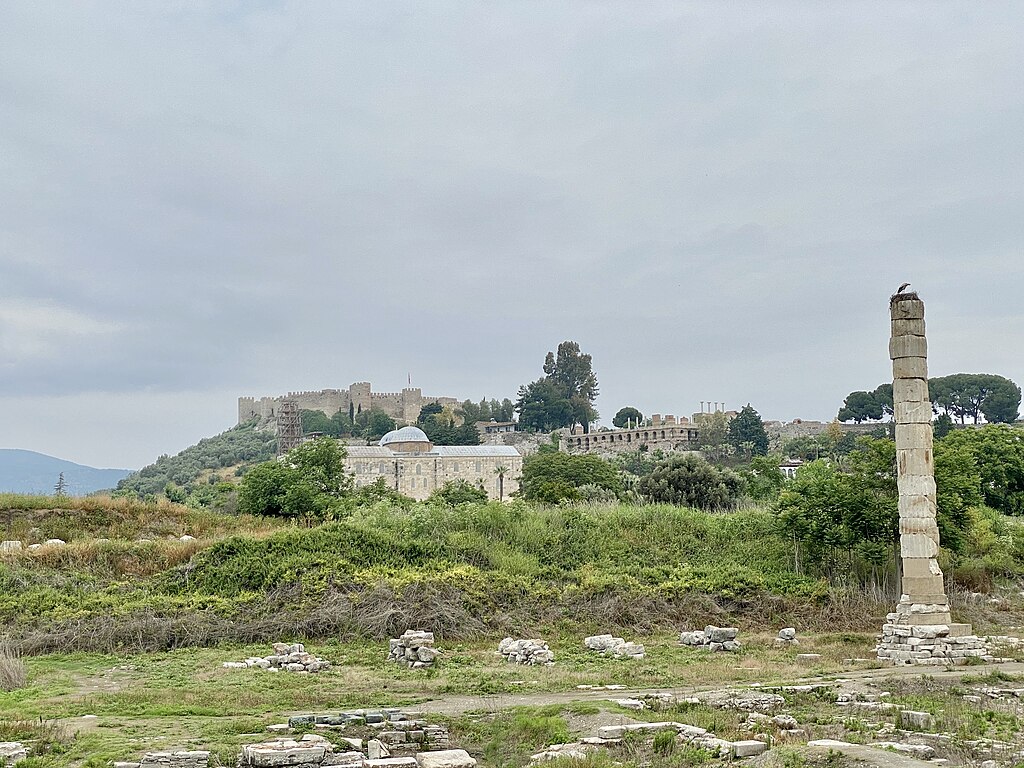 Warren LeMay, CC BY-SA 2.0, Wikimedia Commons
Warren LeMay, CC BY-SA 2.0, Wikimedia Commons
The Destruction Of The Temple Of Artemis
In 356 BCE, fire ravaged the temple, destroying it. The culprit was a man who sought fame for his act—and sadly, that’s exactly what he got, as we still know his name today. Though the temple was rebuilt again in 323 BCE, it was destroyed in 262 CE when it was plundered by the Goths.
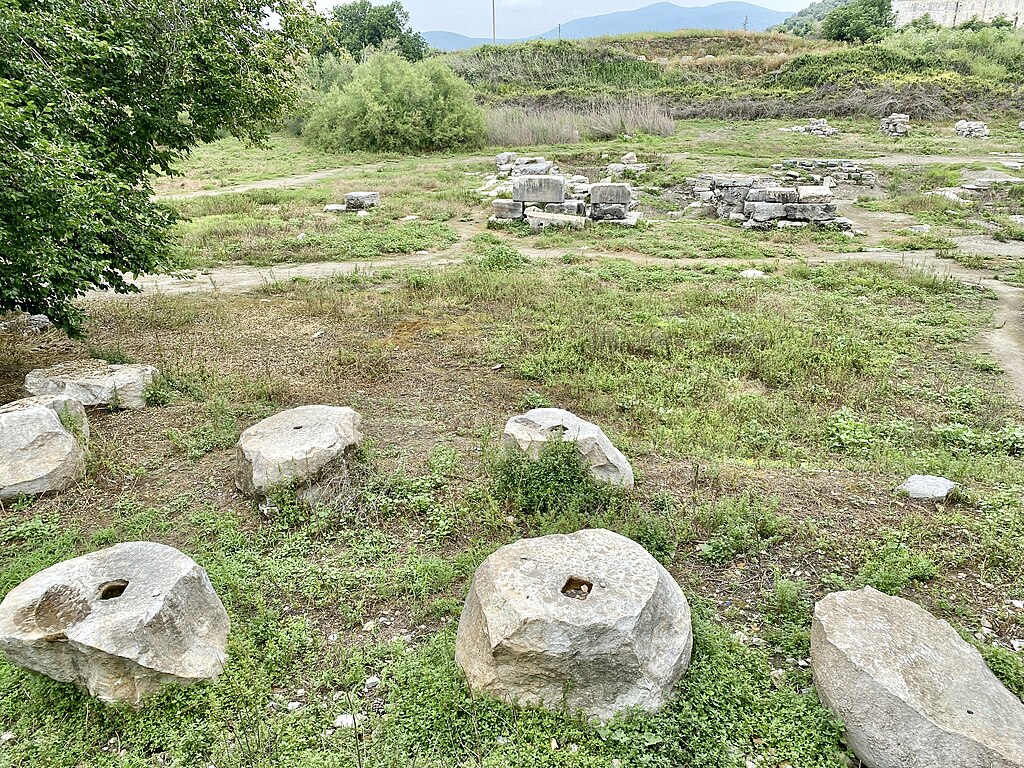 Warren LeMay, CC BY-SA 2.0, Wikimedia Commons
Warren LeMay, CC BY-SA 2.0, Wikimedia Commons
The Fifth Wonder: The Mausoleum At Halicarnassus
The second tomb on this list, the Mausoleum at Halicarnassus was built in 351 BCE by a ruler of the Achaemenid Empire who had a deep admiration for Greek architecture, though the site it now rests on is in modern Turkey.
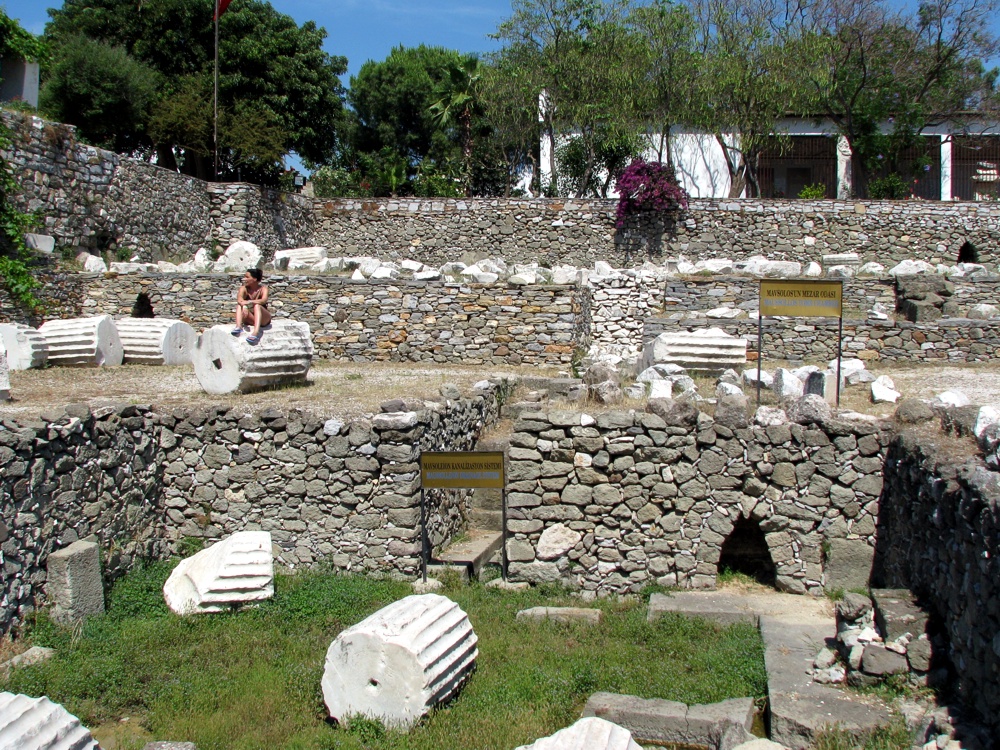 User bazylek100, CC BY 2.0, Wikimedia Commons
User bazylek100, CC BY 2.0, Wikimedia Commons
What Makes The Mausoleum A Wonder?
Depictions of the tomb as it existed show an absolutely massive structure, towering over the city and shore around it. It features an elevated structure with columns on all sides built atop a towering stone platform. The sides were covered with sculptural reliefs by notable Greek sculptors—and inside was magnificent as well. It contained over 400 freestanding sculptures.
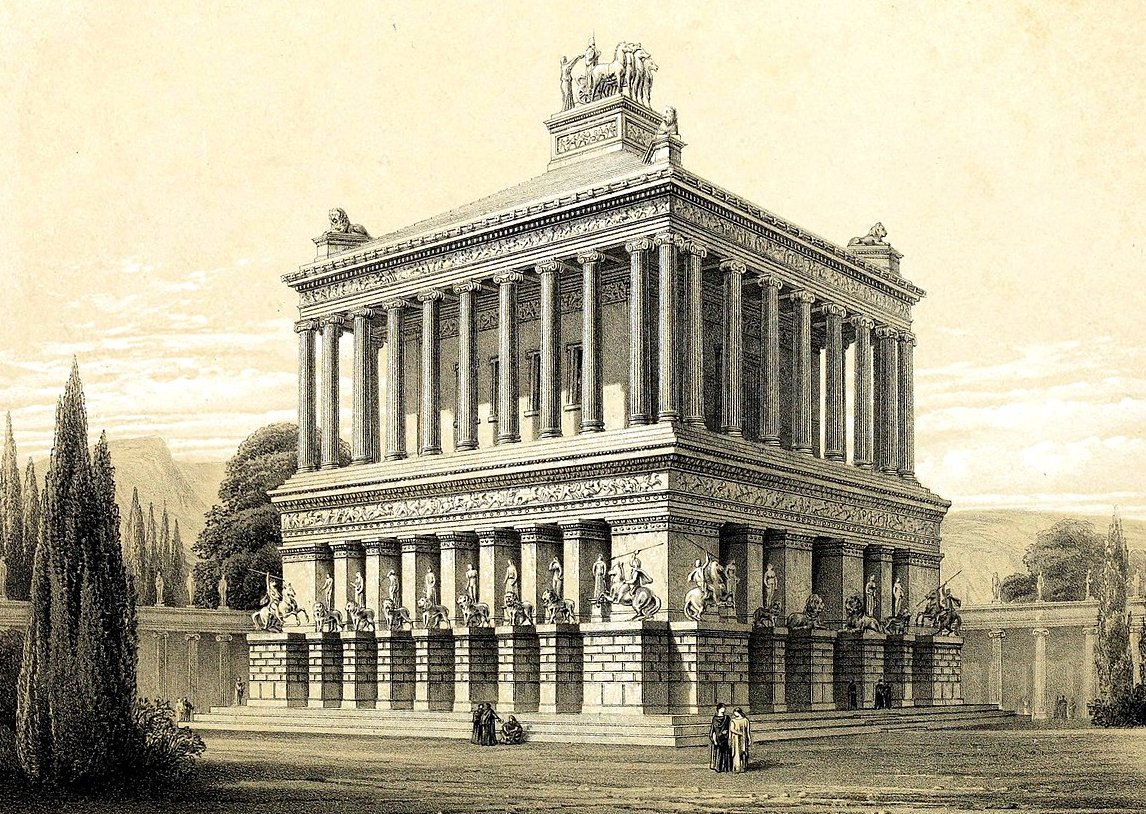 James Fergusson, Wikimedia Commons
James Fergusson, Wikimedia Commons
What Was It Built For?
Halicarnassus was within the Achaemenid Empire, and as of 377 BCE, ruled by Mausolus and his sister-wife Artemisia II of Caria. He planned to build a new capital city, but when he passed on, the plans shifted to build a grand tomb in the Greek style for his remains. Historians believe he may have actually started it before his death. This was, of course, the first mausoleum in history.
 FollowingHadrian, CC BY-SA 4.0, Wikimedia Commons
FollowingHadrian, CC BY-SA 4.0, Wikimedia Commons
How Was It Built?
When it came to constructing the tomb, Mausolus’ sister-wife—yes, you heard that right—Artemisia made sure that money was no object. She recruited the most notable artists of ancient Greece to participate in the project. Sadly, the Mausoleum was destroyed by earthquakes sometime in the 12th to 15th century CE.
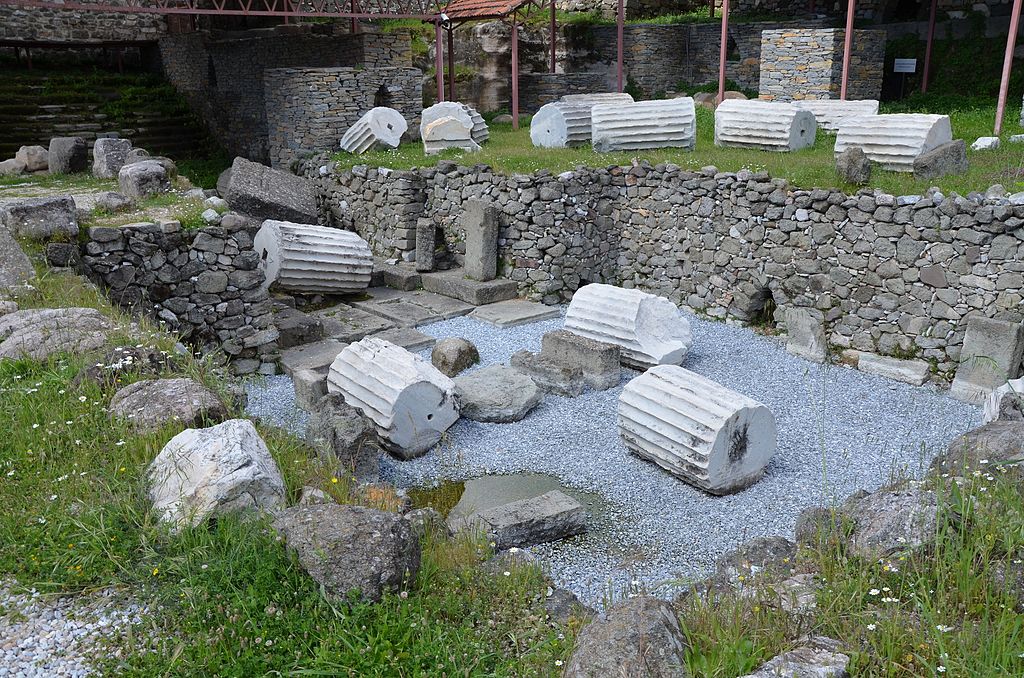 Carole Raddato, CC BY-SA 2.0, Wikimedia Commons
Carole Raddato, CC BY-SA 2.0, Wikimedia Commons
Setting A Trend
While some rulers of the Roman Empire—here’s looking at you, Caligula—didn’t appreciate Greek art and architecture as much as others, the Mausoleum at Carnassus was beloved by the Romans, and the reason why they also choose to use the term mausoleum for their great tombs.
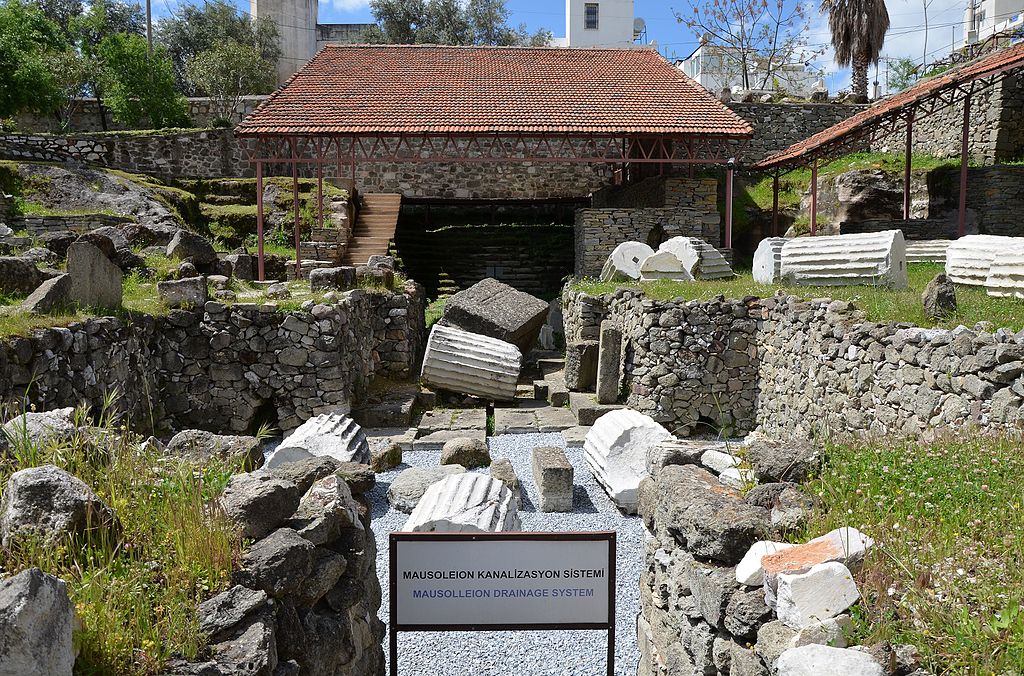 Carole Raddato, CC BY-SA 2.0, Wikimedia Commons
Carole Raddato, CC BY-SA 2.0, Wikimedia Commons
The Sixth Wonder: The Colossus Of Rhodes
The Colossus of Rhodes was built between 292 and 280 BCE in ancient Greece on the island of Rhodes. It’s a monumental statue of the sun god Helios.
What Makes The Colossus Of Rhodes A Wonder?
Looking at depictions of the Colossus of Rhodes, it’s no wonder that it’s considered a wonder. Unlike the statue of Zeus, it was not housed in a temple, but was built overlooking the water. Its absolutely massive size—dwarfing the buildings and the harbor around it—made it the tallest statue of its time. It was between 100 and 110 feet high. That’s the size of a ten-story building.
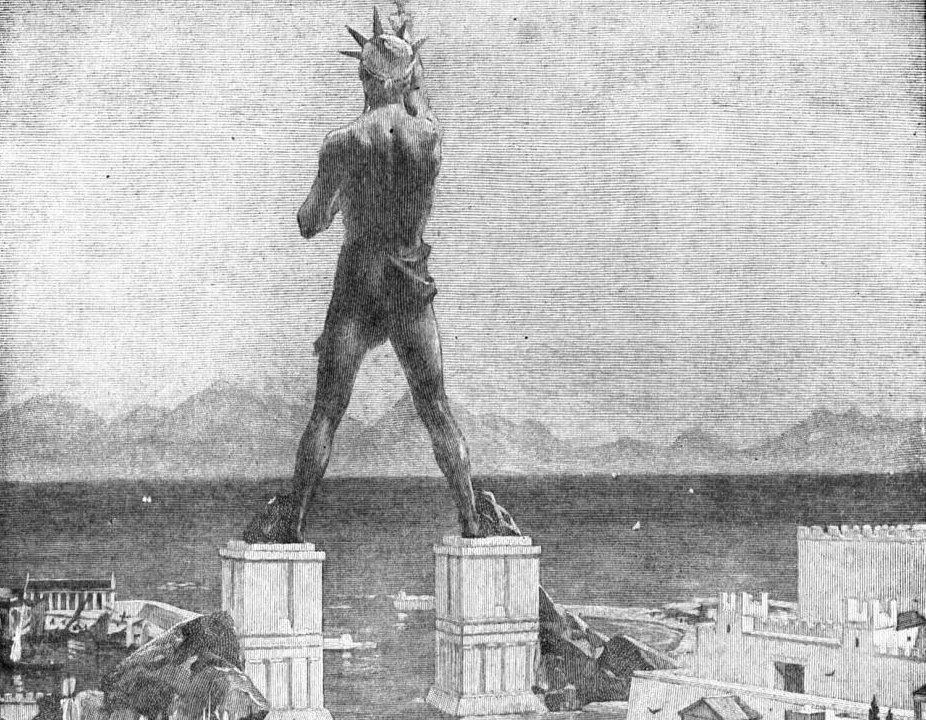 Unknown Author, Wikimedia Commons
Unknown Author, Wikimedia Commons
What Was It Built For?
Demetrius I of Macedon spent years trying to take Rhodes, using both army and naval forces in an attempt to capture the city. But the city stood strong, and withstood the siege. The statue was constructed to commemorate this success.
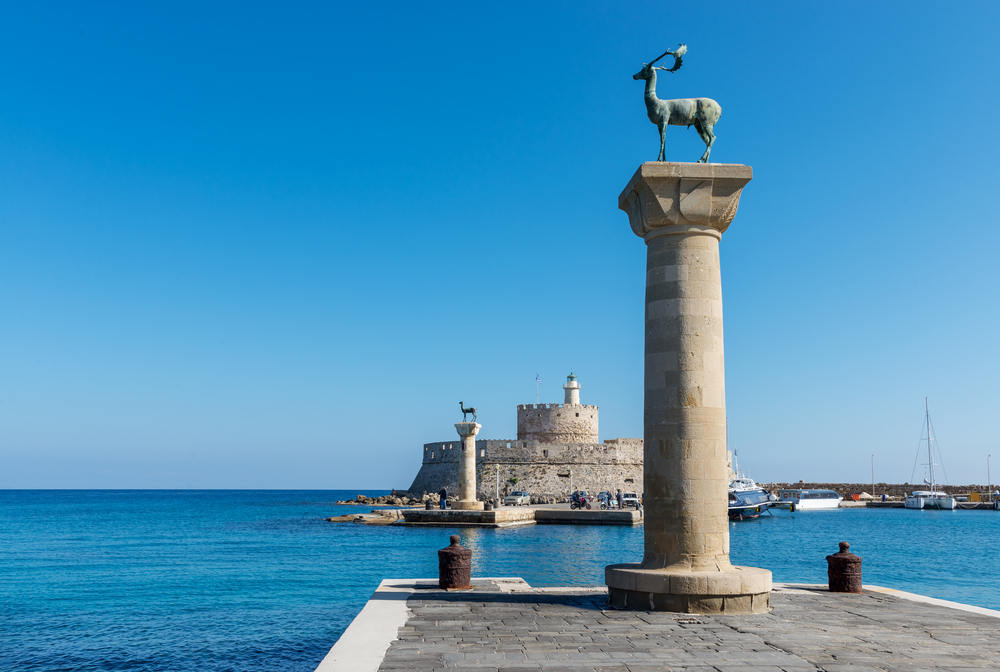 Philippos Philippou, Shutterstock
Philippos Philippou, Shutterstock
How Was It Built?
The city of Rhodes sold some of the equipment that had been given to them for their defense, and decided to use the funds to build a massive statue celebrating their patron-god, Helios. Luckily, one of the island’s own sons was a celebrated sculptor, Chares of Lindos, who had worked on many large-scale projects before.
The sculpture was a brass-cast stone & iron structure on a marble base.
 Pjotr Mahhonin, CC BY-SA 4.0, Wikimedia Commons
Pjotr Mahhonin, CC BY-SA 4.0, Wikimedia Commons
Heed This Warning
The statue lived a relatively short life, and collapsed in an earthquake around 60 years later. Though city officials made plans to rebuild it, the Oracle of Delphi actually warned against it, claiming that the sun god had likely destroyed it because he hadn’t been pleased with it. Though there have been other attempts to rebuild it, including modern ones, none have stuck.
The Seventh Wonder: The Lighthouse Of Alexandria
This ain’t your classic East Coast USA red-and-white lighthouse. The Lighthouse of Alexandria was built by the Ptolemaic Kingdom of ancient Egypt in the city of Alexandria, circa 280 BCE, the most recent of the structures on this list.
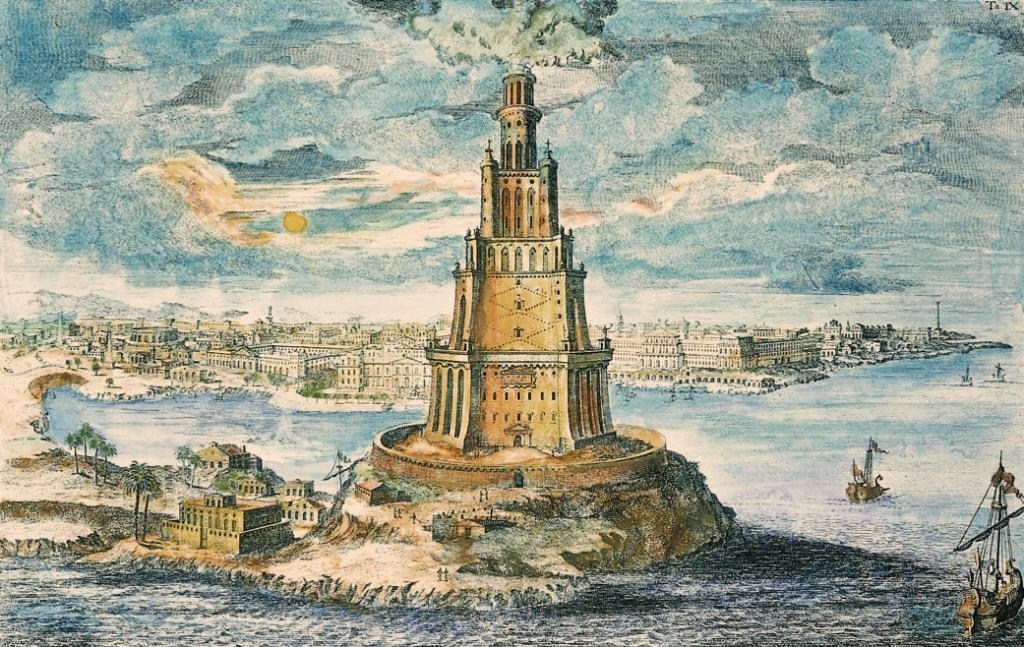 Johann Bernhard Fischer von Erlach, Wikimedia Commons
Johann Bernhard Fischer von Erlach, Wikimedia Commons
What Makes The Lighthouse Of Alexandria A Wonder?
The lighthouse, like the other entries on this list, was absolutely monumental. From its construction to 1180 CE, it was the tallest tower in the world. Aside from its size, it was also built incredibly quickly, making it evidence of the ancient world’s great advancements in engineering of the period.
 Los Angeles County Museum of Art, Wikimedia Commons
Los Angeles County Museum of Art, Wikimedia Commons
What Was It Built For?
Alexander the Great founded the city of Alexandria during his reign. After his death, Ptolemy I Soder declared himself King of the Ptolemaic Kingdom, and commissioned construction of the lighthouse shortly after. Though he died before it could be completed, his son made sure that it was completed.
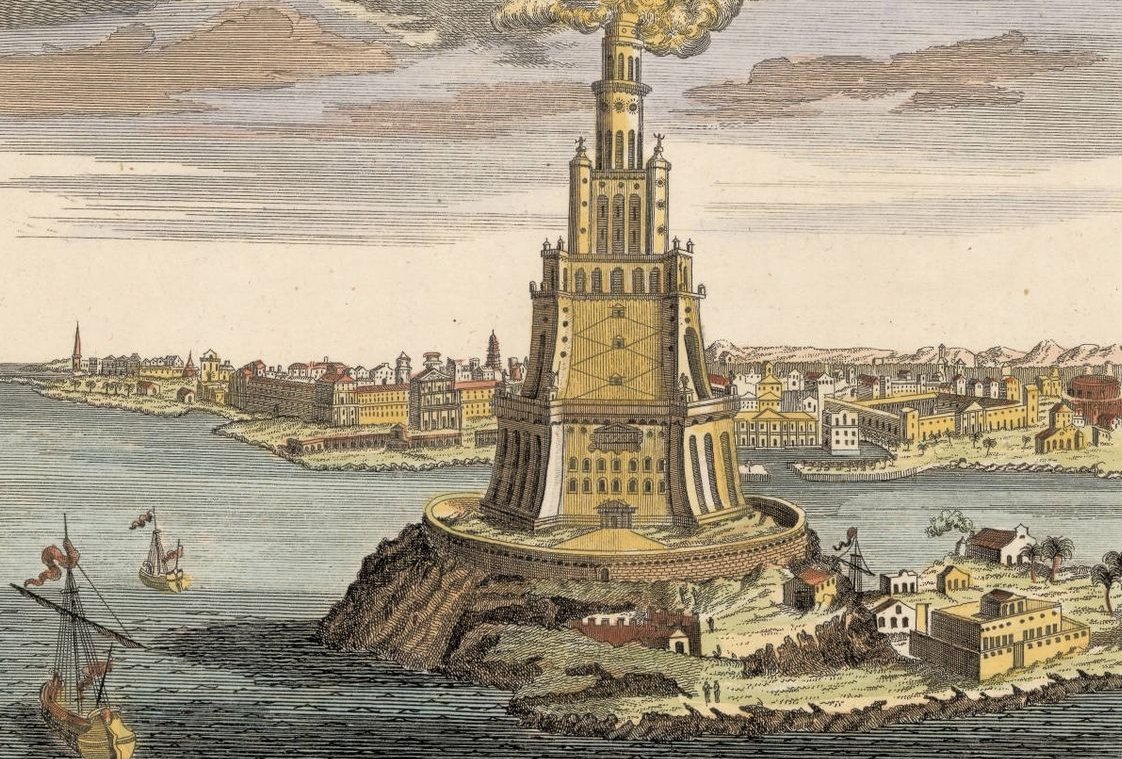 Unknown Author, Wikimedia Commons
Unknown Author, Wikimedia Commons
How Was It Built?
The lighthouse took only 12 years to complete, and was built with blocks of limestone and granite. At the top was a mirror to reflect sunlight during the day, and at nighttime, a light was provided by a furnace.
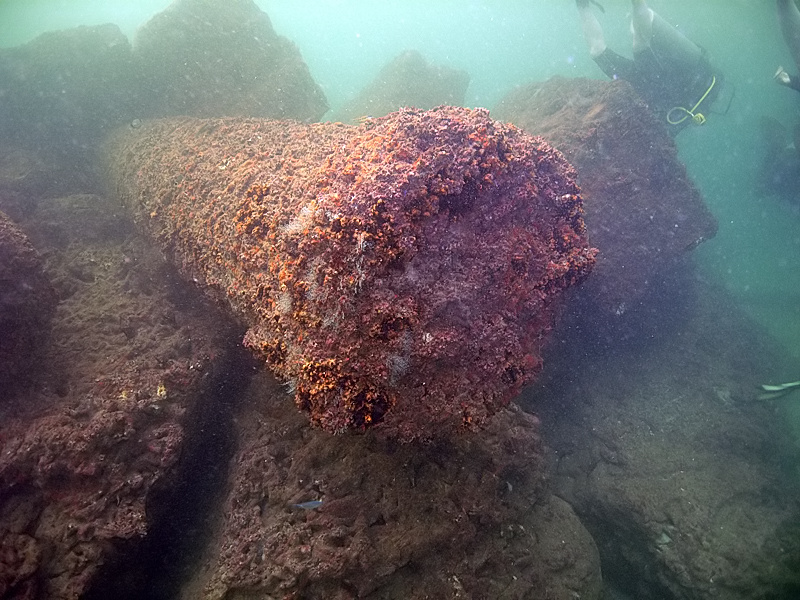 Roland Unger, CC BY-SA 3.0, Wikimedia Commons
Roland Unger, CC BY-SA 3.0, Wikimedia Commons
A Good Foundation
The lighthouse was destroyed by a series of earthquakes beginning in 796 CE, and continued to crumble until a major earthquake in 1303. Later, a Sultan of Egypt attempted to build a fort on the platform, which still stood. One story tells a tale that Byzantine agents concealing their identities and purporting to search for hidden treasure infiltrated the foundation and purposely undermined it, causing collapse.
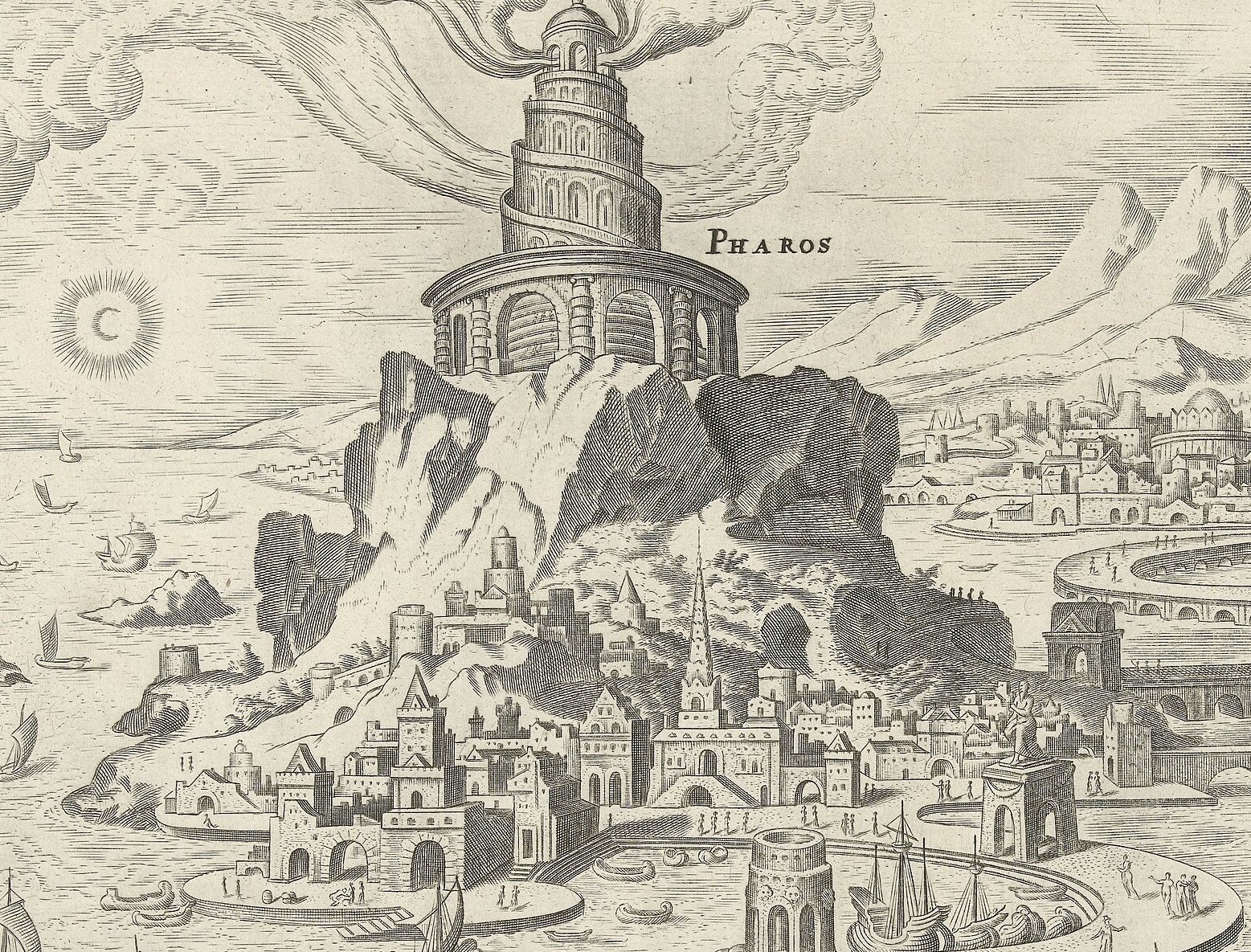 Rijksmuseum, Wikimedia Commons
Rijksmuseum, Wikimedia Commons
Last Man Standing
Of all the original Seven Ancient Wonders of the World, only the Great Pyramid of Giza still stands today. As a result, many scholars and organizations have attempted to compile lists outlining a more current version of the list, including one with natural wonders.
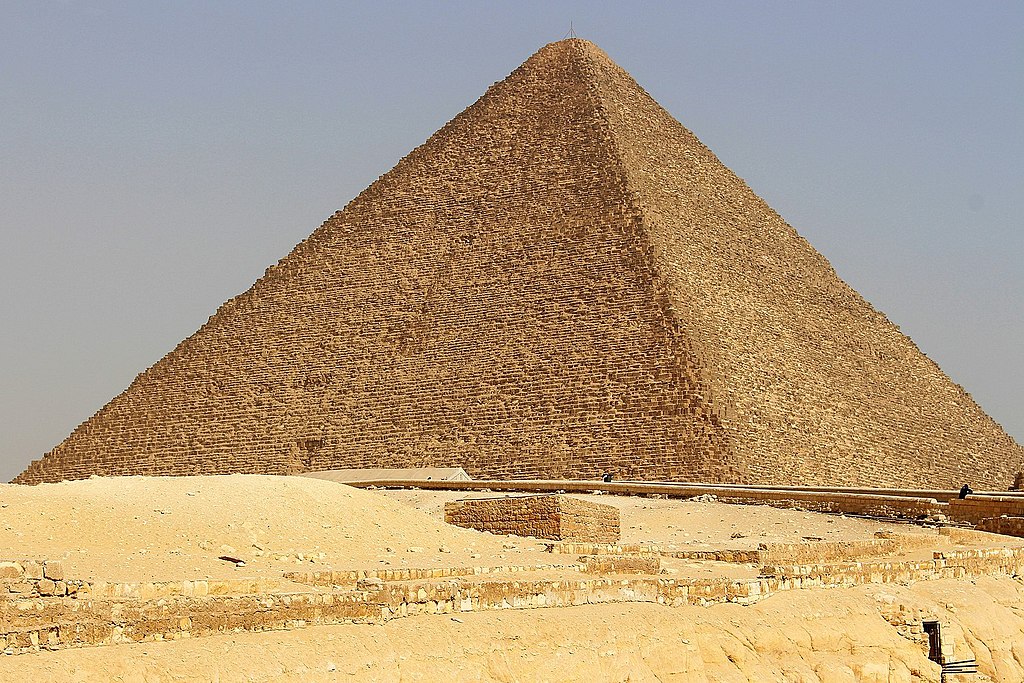 Emőke Dénes, CC BY-SA 4.0, Wikimedia Commons
Emőke Dénes, CC BY-SA 4.0, Wikimedia Commons
The Natural Wonders
In 2008, the “Seven Natural Wonders'' project was launched to identify the real natural wonders of the world. These include the aurora borealis, the harbor of Rio de Janeiro, the Grand Canyon, the Great Barrier Reef in Australia, Mount Everest, Victoria Falls, Paricutin, a volcano in Mexico, and Niagara Falls.
 Luca Galuzzi, CC BY-SA 2.5, Wikimedia Commons
Luca Galuzzi, CC BY-SA 2.5, Wikimedia Commons
The Modern Wonders
In 2001, a campaign began to nominate a “New 7 Wonders of the World” from over 200 still-standing monuments. Eventually, they settled on Petra in Jordan, the Great Wall of China, the Colosseum in Rome, Chichen Itza in Mexico, Machu Picchu in Peru, the Taj Mahal in India, and Christ the Redeemer in Rio, Brazil. They also gave honorary status to the periods in Giza.
 Nicolas Perrault III, Wikimedia Commons
Nicolas Perrault III, Wikimedia Commons

